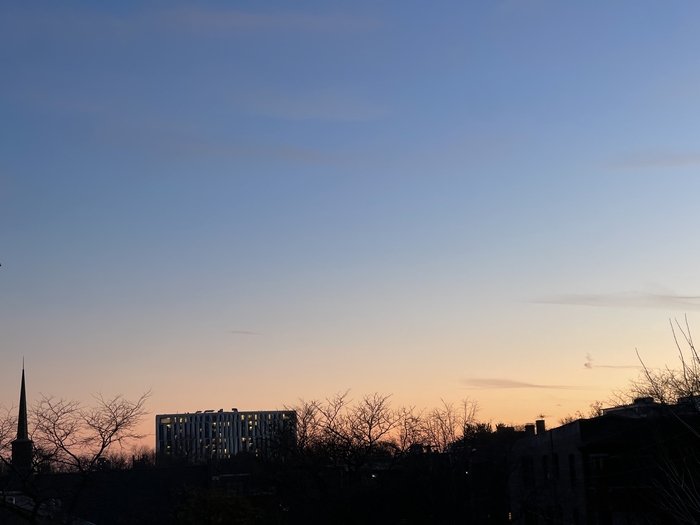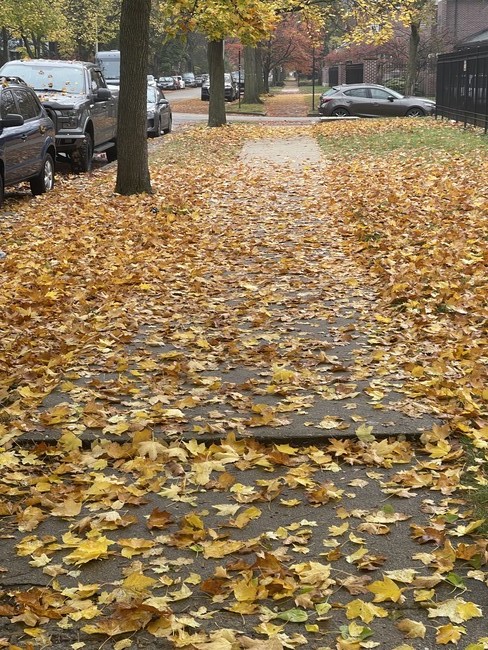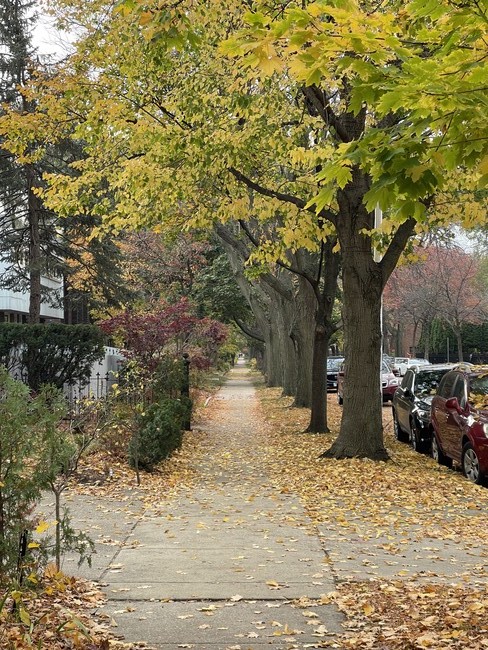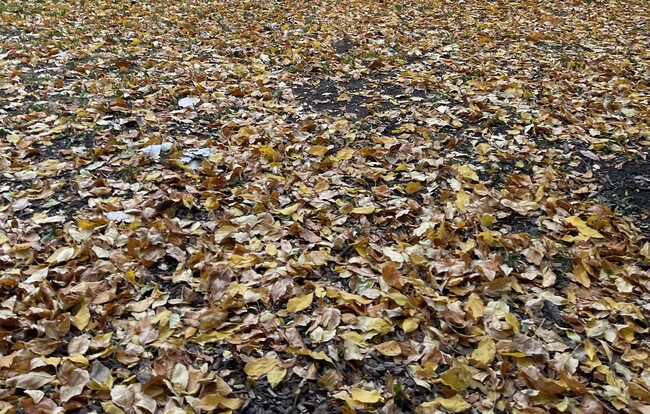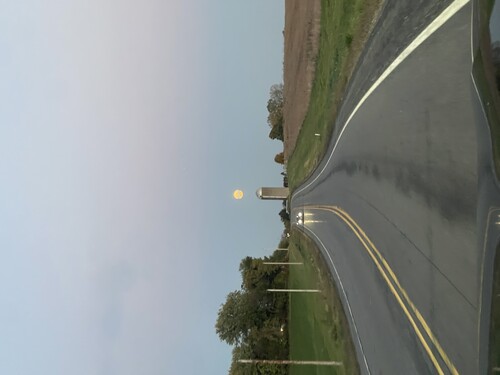Tearing Down


A few days ago I had to take my son somewhere during the day, and I walked by this excavator tearing down an old residential building near the university’s medical center. I don’t know anything about the history of this block, but the buildings were the only buildings in a wide area that appeared to have a residential purpose. They were adjacent to an empty lot, like they’d once been part of a residential area of which they were now the last holdouts. Next time I go by, I expect they’ll be gone.
I’d noticed these buildings before, and thought they looked out of place, like their walls were unclothed, meant to be hidden behind a jumble of similar buildings, zebra-like. Instead, in the last phase of life, they’ve been singled out, home to no one.
Most municipalities in the U.S. have land records about what stood on a piece of property. It would be difficult for any individual to review them on a large scale, and to understand the trends behind the factual archive. For the most part, the building is the archive. Once it is gone, even the people who lived there would have trouble locating the spot anymore. A memory of a physically uprooted place is an orphaned memory–a person can never go back and refresh it.
